Did not receive verification mail? Please confirm whether the mailbox is correct or not Re send mail

dora
- 2018-02-09 11:49:43
A Fresh Look at the Olympic Properties
the News Access Rules applicable to the XXIII Olympic Winter Games PyeongChang 2018, 9-25 February 2018;
the IOC Social and Digital Media Guidelines for persons accredited to the XXIII Olympic Winter Games PyeongChang 2018; and,
the IOC Guidelines for Editorial use of the Olympic Properties by Media Organisations.
Sale of broadcasting rights (2013-2016) – 47 per cent of income (USD 4.157 million);
Sponsorship agreements (2013-2016) – 45 per cent of income (USD 1.003 million);
Licensing agreements - 3 percent of income;
Ticketing for the Olympic Games and the Youth Olympic Games - 5 percent of income
The Olympic Games are the most popular event in the world. The viewing figures are astounding. In February, billions of spectators from across the globe will tune into three weeks of spectacular sporting action during the XXIII Olympic Winter Games in PyeongChang, Republic of Korea. From February 8 to 25, those familiar symbols that we associate with the Olympic Games will have the eyes of the world on them.
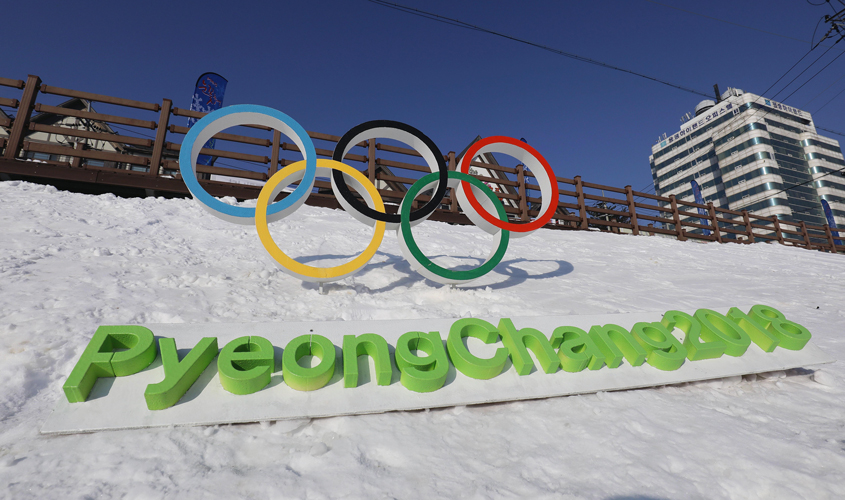
Of all the so-called Olympic properties identified in the Olympic Charter, the most familiar are the Olympic rings which enjoy a 93 percent recognition rate. (Photos: © International Olympic Committee – All rights reserved)
The intellectual property (IP) system plays an important role in safeguarding these and the unique character of the Olympic Games, and in generating the funds required to organize one of the largest and most complex sporting events in the world. Let’s explore how and why it is so important.
Understanding the Olympic properties
The Olympic Charter identifies the Olympic flag, motto, anthem, designations, emblems, flame, torches and identifiers including but not limited to “Olympic Games” and “Games of the Olympiad” as the Olympic properties. While they are all well known, the most familiar are the Olympic rings, which enjoy a 93 percent recognition rate.
The Olympic properties encompass all rights relating to the Olympic Games in relation to the organization, exploitation and marketing of this top-tier event. These rights also cover the right to photograph or record audiovisual footage of the event for use by the media in their publications, broadcasts or platforms.
As creations of the mind that are expressed through distinctive symbols and names which may be used in commerce, the Olympic properties qualify for IP protection under laws governing copyright, trademarks and industrial designs, which together with patents, utility models and trade secrets make up the palette of IP assets that are relevant to the Olympic Games.
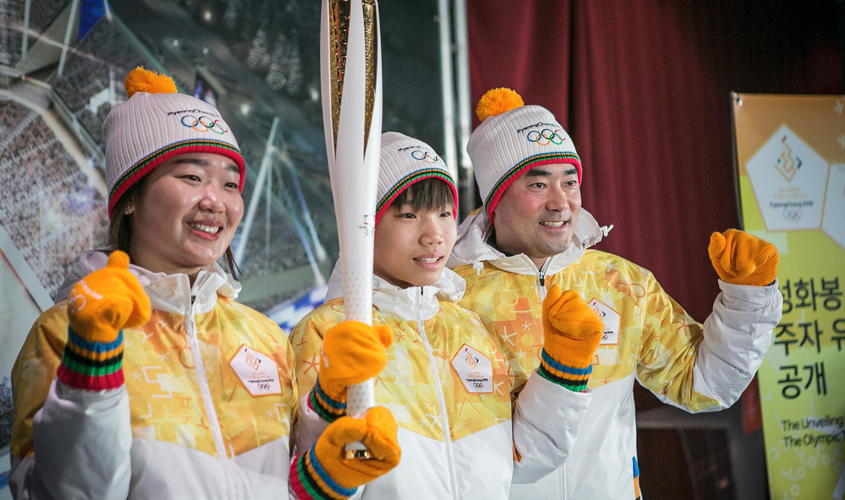
The Olympic Torch Relay for the Olympic Winter Games began in October 2017 with the lighting of the Olympic flame in Olympia, Greece. The Torch Relay is one of the biggest and most emblematic aspects of the Olympic Games. It seeks to inspire people with the Olympic values and generate excitement in the build-up to the Olympic Games. Before it arrives at the PyeongChang Olympic Stadium for the Opening Ceremony on February 8, 2018, the Olympic flame will have been carried by 7,500 torchbearers across more than 2,000 kilometers.
All IP rights associated with the Olympic properties are exclusively owned and controlled by the International Olympic Committee (IOC), which plays a leading role in enhancing the Olympic values and providing material support for the organization and hosting of Olympic Games.
A key funding tool
The IOC and all organizations within the Olympic Movement (e.g. National Olympic Committees (NOCs), International Sport Federations (IFs) and Organising Committees for the Olympic Games (OCOGs), are entirely privately funded. Intellectual property assets are central to a range of programs managed by the IOC to generate the revenues required to fund the Olympic Games. These include programs to manage the sale of media rights to the Olympic Games, to attract private sponsors through the TOP worldwide sponsorship program and to generate licensing income through the IOC official supplier and licensing programs.
Ninety percent of the revenues accruing from these programs are distributed by the IOC to organizations across the Olympic Movement to support the staging of Olympic Games and promote the global development of sport. The IOC, as mandated by the Olympic Charter, is responsible for ensuring that the Olympic Games are celebrated at regular intervals. The significant financial contributions it makes in funding and servicing the Organising Committees of the Olympic Games (OCOGs) is pivotal to their success. For example, IOC contributions to the Olympic Games in Paris 2024 are estimated to reach USD 1.7 billion. Of the 10 percent of revenues retained by the IOC to generate and manage these resources and programs, around USD 3.4 million per day is distributed by the IOC to athletes and sports’ organizations around the world operating at all levels.
The Olympic properties and digital media
The Olympic Games are the most viewed event in the world. Today, sports fans have an expanding range of opportunities to follow the thrills and spills that make the Olympic Games so exciting. Broadcast television, digital and social media platforms offer unprecedented viewing opportunities. Media companies pay significant sums for the exclusive right to report on or broadcast the Olympic Games, and the sale of these rights represents 47 percent of the IOC’s income (USD 4.157 million for the period 2013-2016).
But viewing patterns are changing fast as the use of digital technology becomes second nature to a growing number of people, especially younger people. Increased smartphone and Internet penetration is boosting the consumption of sports content globally.
The Rio 2016 Olympic Games were viewed by half the world’s population, with online consumption rising to 7.2 billion views on social media platforms, double that of the London 2012 Olympic Games. On average, TV viewers watched 20 percent more content for Rio 2016 than for London 2012. Between the two events, TV coverage increased by 13.5 percent and digital coverage rose by a stunning 198.6 percent. The distribution of a record number of hours of content – 357,000 hours of coverage for Rio 2016 compared to 181,523 hours for London 2012 – made this possible.
For Rio 2016, digital coverage topped an unprecedented 243,000 hours, twice that of traditional television coverage and almost three times the digital offering for London 2012. Rio 2016 was the most digitally enabled Olympic Games to date.
Ensuring that the Olympic Games remain an attractive viewing option for young people is an enduring challenge. Recognizing the widespread popularity of video games, the IOC is officially launching its “Steep™ Road to the Olympics” video game at the PyeongChang 2018 Winter Olympic Games. Our aim is to engage young people and other audiences and give them a taste of the sporting action that takes place at the Winter Games across all disciplines. Launching the game as an officially licensed product for PyeongChang 2018 is a nod by the Olympic Movement to the emerging parallel competitive arena of eSports.
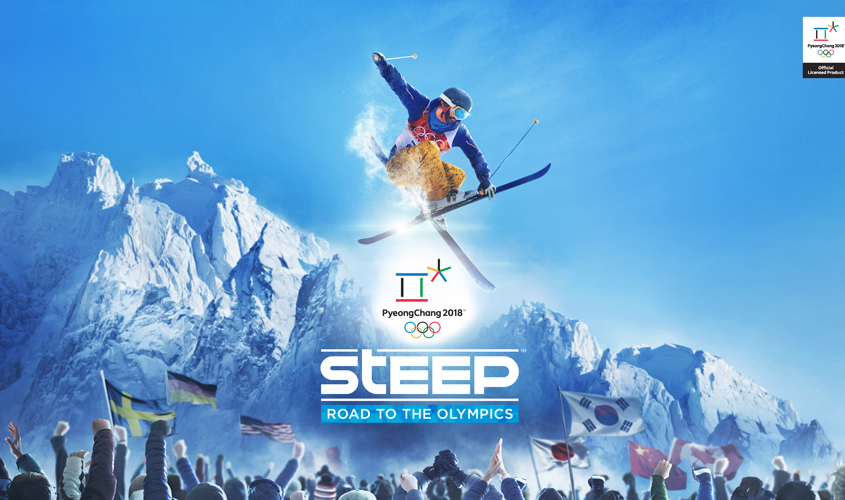
Ensuring the Olympic Games remain an attractive viewing option for young people is an enduring challenge. That is why the IOC is officially launching its "Steep™ Road to the Olympics" video game at the PyeongChang 2018 Winter Olympic Games.
At a time when the development of ever more popular eSports is being supported by various stakeholders within the Olympic Movement, participants in the Olympic Summit in October 2017 discussed their relevance to the Olympic Games. At that meeting, the IOC and the Global Association of International Sports Federations (GAISF) were called upon to open a dialogue with the gaming industry and player community to explore how eSports might fit into the frame of the Olympic Games.
The Summit concluded that eSports could be considered a sporting activity insofar as participating players prepare and train with an intensity that is comparable to that of athletes competing in traditional sports. They also asserted that the content of eSports must not infringe Olympic values; this was a prerequisite to the IOC recognizing eSports as a competitive sport. The Summit also ruled that such recognition would require that eSports are organized and represented by an organization that guarantees compliance with the rules and regulations of the Olympic Movement in relation to anti-doping, betting, competition manipulation, and so on.
To further explore the type of relationship that eSports may have with the Olympic Movement in the future, the IOC’s Worldwide TOP Partner INTEL will be showcasing two distinct eSport gaming experiences at PyeongChang 2018: the Intel Extreme Masters PyeongChang eSports tournament, featuring Blizzard Entertainment’s “StarCraft® II,” one of the most celebrated eSports titles of all time, and “Steep™ Road to the Olympics”.
The Olympic channel
In a further bid to leverage the potential of digital media, and to respond to the public’s hunger for compelling sports content, the IOC recently launched the Olympic Channel, a digital-first, multi-platform global media destination where fans can experience the power of sport, connect with the Olympic Movement and learn about the many cultural and humanitarian projects undertaken by the IOC all year round. It is an integral part of the IOC’s Olympic Agenda 2020, a strategic roadmap for the future of the Olympic Movement which embraces digital technology as a means of reaching younger audiences on their terms.
The Olympic Channel is freely available at www.olympicchannel.com via mobile apps for Android and iOS, and in 11 languages. It currently features a catalog of more than 6,000 programs covering all Olympic disciplines and 206 countries. So far, the Channel has established partnerships with 54 sports organisations and premiered more than 30 original series. It has also forged partnerships with various media outlets to produce localized content. These include NBCUniversal and USOC in the USA, Eurosport in Europe and the beIN Media Group in Middle East and North Africa (MENA) territories.
Protecting the Olympic properties
Protecting the Olympic properties and their associated IP rights is crucial to maintain the exclusivity that commercial partners acquire in associating themselves with the Olympic Games, and thus to secure the corresponding income to fund the Olympic Movement. All IOC marketing and media rights programs are rooted in the exclusive terms that are granted to an Olympic Marketing Partner in relation to content, media, category of service or product, or territory. Any non-authorised content or association with the Olympic Games has the potential to negatively impact the value and revenues derived from the Olympic properties.
At the international level, the IOC relies on various international IP treaties, in particular the Nairobi Treaty, adopted in 1981 and administered by WIPO. Under this Treaty, member countries are obliged to protect the Olympic symbol against use for commercial purposes (in advertisements, on goods, as a mark, and so on) without the authorization of the IOC.
Recognizing the growing economic importance of sport, many countries (former and future hosts of the Olympic Games) have adopted specific national legislation to protect the Olympic properties and the rights of organizers of sports events. Such legislation sets out legal measures in particular to prevent “ambush marketing”, which can be defined as all intentional and unintentional attempts to create a false or unauthorized association with the Olympic Properties or the Olympic Games, whereby businesses or organizations that have no official connection with an event seek to exploit it in their marketing. This is the case, for example, in Argentina, which is to host the Buenos Aires 2018 Youth Olympic Games, and in Australia, Brazil, Canada, China, the Czech Republic, Egypt, France, Greece, Italy, Poland, the Russian Federation, South Africa, the UK and the USA.
For PyeongChang 2018, in addition to their Copyright Act and their Trademark Act, the Government of the Republic of Korea adopted a Special Act on Support for the PyeongChang 2018 Olympic and Paralympic Winter Games. For Tokyo 2020, Beijing 2022 and Paris 2024, discussions on corresponding legislation are ongoing.
On top of this, the IOC also enacts specific regulations that are applicable to the Olympic Games. These include, for example:
These rules and regulations safeguard the exclusivity required by all marketing and media rights deals and ensure the related income is generated to appropriately fund the Olympic Movement. In so doing, they allow the general public to enjoy the spectacular multi-sports extravaganza that is the Olympic Games.
Sources of IOC income
Source: Olympic Marketing Fact File – 2018 Edition.
Source: WIPO Website
By Carlos Castro, Head of Copyright and Content Affairs, International Olympic Committee
Editor: dora
- I also said the two sentence
- Also you can enter 140words
 PurpleVine Successfully Assists Client in Invalidating Sisvel US Patent
PurpleVine Successfully Assists Client in Invalidating Sisvel US Patent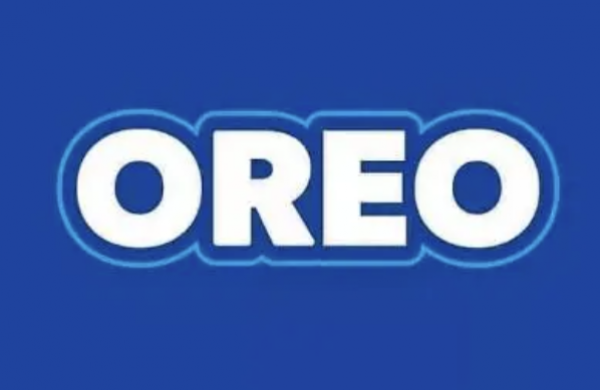 Chang Tsi & Partners Successfully Represents Wuxi's First Intellectual Property Civil Case Attached to Criminal Case
Chang Tsi & Partners Successfully Represents Wuxi's First Intellectual Property Civil Case Attached to Criminal Case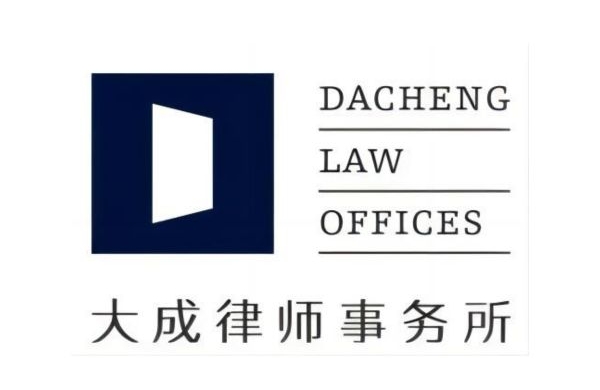 China Monthly Antitrust Update: February 2024
China Monthly Antitrust Update: February 2024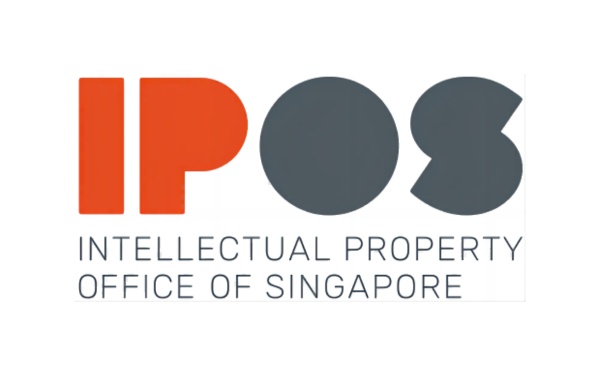 IPOS was publishing a legal decision involving the trademark of tech giant, Google
IPOS was publishing a legal decision involving the trademark of tech giant, Google


